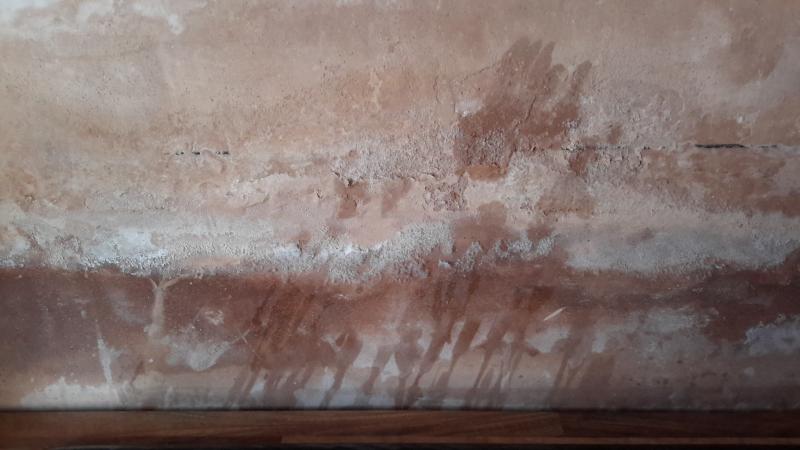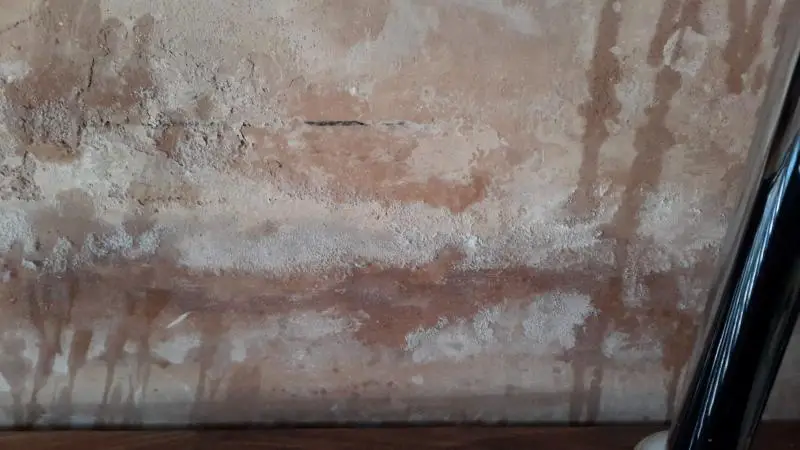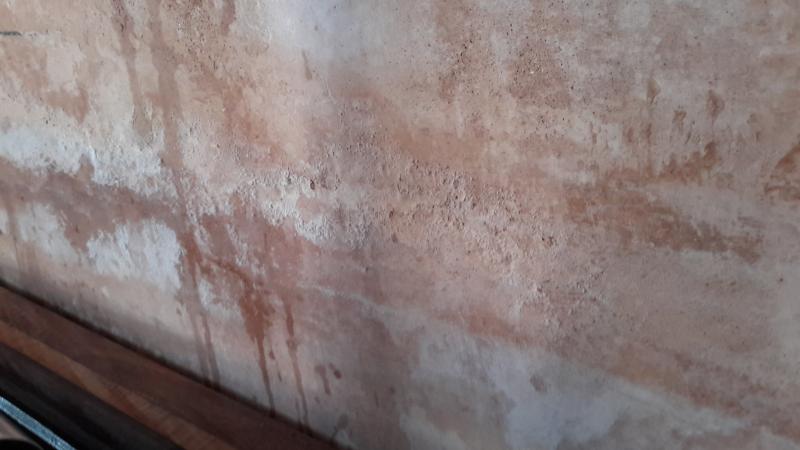Can someone please cast their beadies on these pics and tell me if I need to ring up the butes who done the job and hurl abuse....
About 3 weeks ago plaster was knocked off down to brick but only half way up the wall, holes along the bottom were drilled and liquid squirted in, then they dot n dabbed these big sheets of plastic with Lego type lumps all over it, then mortared over that then skimmed over that, weeks later we now have this flaky plaster with a white fury line were the old plaster joins the new...
Any help is much appreciated...
About 3 weeks ago plaster was knocked off down to brick but only half way up the wall, holes along the bottom were drilled and liquid squirted in, then they dot n dabbed these big sheets of plastic with Lego type lumps all over it, then mortared over that then skimmed over that, weeks later we now have this flaky plaster with a white fury line were the old plaster joins the new...
Any help is much appreciated...





